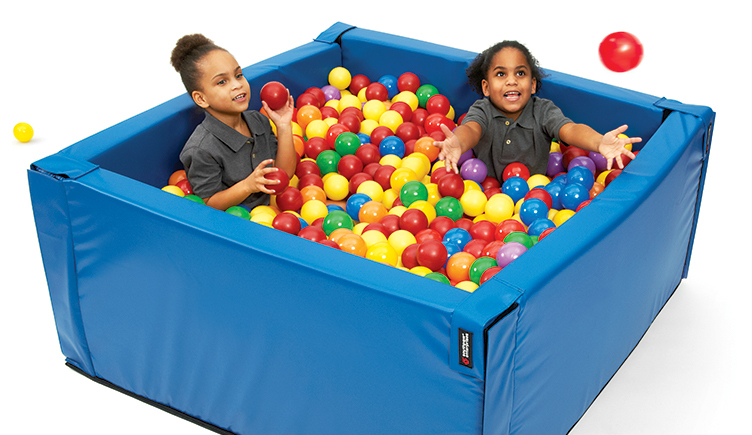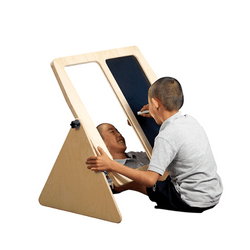Mealtime is typically a social and cultural experience for many families. But if your child is a picky eater, mealtime can be hard. An occupational therapist can assess a child’s needs to determine the core issue of the picky eating, and for many picky eaters the issue may be related to sensory processing. Needless to say, mealtime is not the favorite time of the day for picky eaters or their families.
To help make interaction with food fun instead of stressful, an occupational therapist can incorporate food play into a therapy session. Food play is a great way to make food the center of a session but without the expectation (yet!) of eating the food. This introduces positive and fun interaction with food to decrease the anxiety often associated with mealtime. There are a variety of ways we can make food FUN.
The tactile experience of manipulating food can range from dry foods (think sensory bins of rice, macaroni, or beans) to wet textures (like cooked spaghetti, pudding, or applesauce). It may be beneficial to prepare the child’s tactile system by using a therapy brush on their palms and fingers. Once they’re ready to dig into the sensory bin with their hands, add mealtime tools to the play. For example, they could try scooping with a cup, digging with a spoon to fill a toy dump truck, or coloring macaroni and then sequencing the macaroni on string to match bead patterns.
Wet textures can often be a challenge. Consider using a stand-up mirror as a painting surface and pudding as the medium. Spread pudding on the mirror and then work on visual motor skills by imitating strokes, shapes, or letters.
An occupational therapist may begin the process of including the child’s mouth in the food play. When using wet textures, a chewy tube or Z-Vibe can be introduced. Ask the child to “kiss” the clean and dry tool (chewy tubes or Z-Vibe). Follow up the kiss with a request to use the tool in the wet texture (like pudding or applesauce) to stir/mix the textures or as a stamp to create a design on paper. Once the tool has been used (and now has food on it), the child can be encouraged to kiss it again. This provides an opportunity to get food on the face, but still not in the mouth. To vary the feel, dry textures can be added to the wet ones. Have the child crush dry cereal or biscuits and mix it in the wet texture. Get creative—make roads and mountains or create sculptures.
All of these activities can be completed while prone, seated, or standing. Positioning the child in a prone position over a wedge, seated on a therapy ball or seating disc, or standing on a balance pad/beam or disc creates a rich sensory environment and adds to the fun.
The immediate goal is to promote a positive, fun-filled interaction with food (without the requirement to eat) and to enhance their sensory systems and development. The long-term goal is to expand food variety. But remember, feeding therapy for picky eaters is a marathon, not a race. Be patient and celebrate the little victories along the way!



